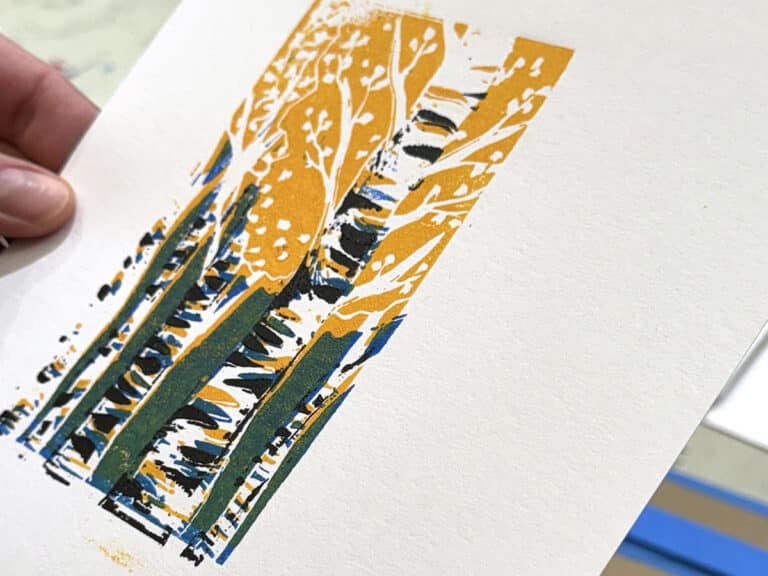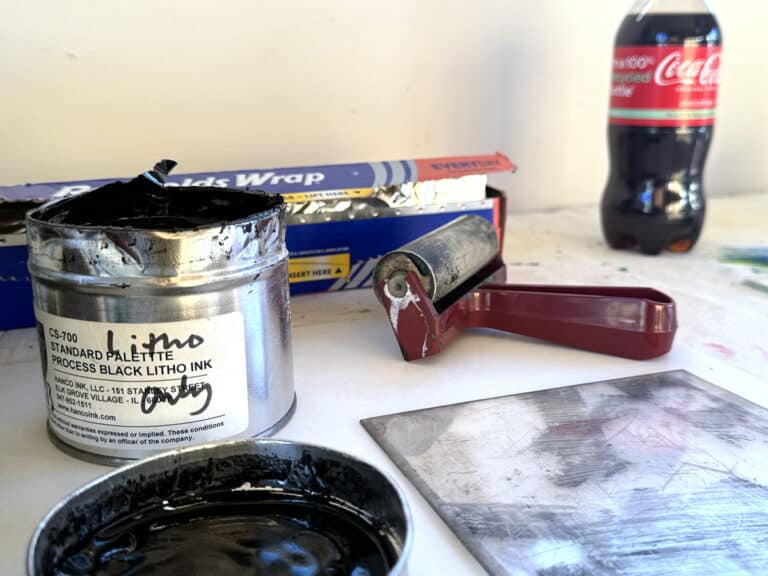Note: Be sure to review all resources and preview all artists before determining if they are appropriate to share with your students.
Photography is all around us and, thanks to our phones, is always within reach. But what exactly is photography? How can we introduce the concept of photography to our students and help them grasp the fundamental processes involved? Imagine a traditional darkroom: dimly lit with a red safelight and filled with the distinct scent of developer and fixer. You’ve just spent days, or even weeks, carefully developing 35mm film and making prints using an enlarger. Now, contrast that with the camera on your phone—you can capture several images in seconds and print your favorite wirelessly and instantly.
Despite the leap in technology, the fundamental principle of photography remains the same. Light enters a light-tight container and creates an image. Understanding this core concept connects photography’s classic and modern worlds, making it accessible and relevant to students today.
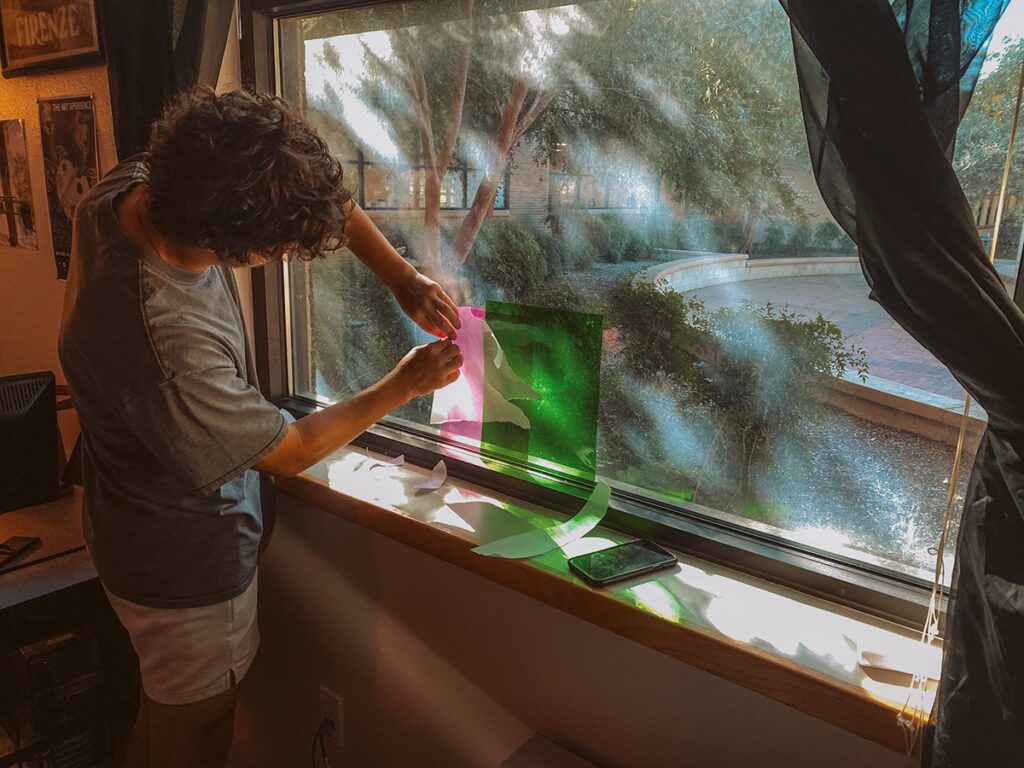
Let’s take a closer look at the art of photography and how to explore the beauty of this medium in your elementary and secondary classroom.
Photography is a great art form to introduce in your classroom this year, no matter your budget, darkroom access, or grade level. Photography enhances visual literacy, fosters creative expression, develops technical skills, and includes students who love art but don’t like drawing.
What is photography?
Photography lets us seize moments and tell stories through images. At its core, photography is about capturing light. It can be very abstract for students (and us!) to understand, especially when we can’t always see or get hands-on with the darkroom process. Let’s break down photography in a way we can easily explain to students!
What is light?
Light is a type of energy that allows us to see the world around us. Without light, everything would be dark, and we wouldn’t be able to see colors, shapes, or details. Light can come from various sources, like the sun, light bulbs, or even your phone’s flashlight.
Photography is all about the magic of light! The word “photography” comes from a Greek word that translates to “drawing with light.” Just like an artist uses paint to create paintings, photographers use light to create photographs.
Here’s why light is key in photography:
- Value
Light can make some parts of an image bright with a lot of highlights and lighter values. It can also make other parts have more shadows with darker values. This creates contrast, which makes photos interesting and dynamic. - Color
When light hits an object, it can reflect different colors. The camera captures all of these lights and colors! - Detail
The amount and direction of light can impact how much detail shows, like the texture of a leaf or the sparkle in someone’s eye.

How does a camera work?
Imagine your eyes are like cameras. The camera lens is like the eyelid because it helps to focus the amount of light that enters the camera. When you look at something, light enters your eyes. The light carries information about the colors, brightness, and details of the scene. Once the light enters your eye, it creates an image in your brain. This is similar to how a sensor or film records the light to create an image.
A Brief Timeline
Photography is a powerful means of communication, a form of artistic expression, and a method of documentation. It captures moments in time, tells stories, and conveys emotions in ways that words alone often cannot. Before photography, creating art was usually limited to those with the skills and resources for traditional mediums like painting and sculpture. The first photographers used photography to document important people and events. At the turn of the twentieth century, advances in photography allowed for a shift in the medium to embrace more expressive styles.
Now that we know the basics of what photography is, let’s talk about a brief timeline of the history of photography. Understanding the evolution of photography helps students appreciate the advancements and innovations that shaped photography into what it is today. Even though photography hasn’t been around that long, it can still be overwhelming to narrow down what the important events and discoveries are.
Here are three major events your students need to know:
- The First Photograph (1826)
Joseph Nicéphore Niépce created the first permanent photograph. It took 8 hours to capture the image! - The Invention of Roll Film (1888)
George Eastman introduced roll film with the Kodak camera, making photography easier and more convenient. - The Use of Digital Photography and Smartphones (2000s)
The shift from film to digital cameras and the use of smartphones with built-in cameras make it easy for everyone to take and share photos instantly.
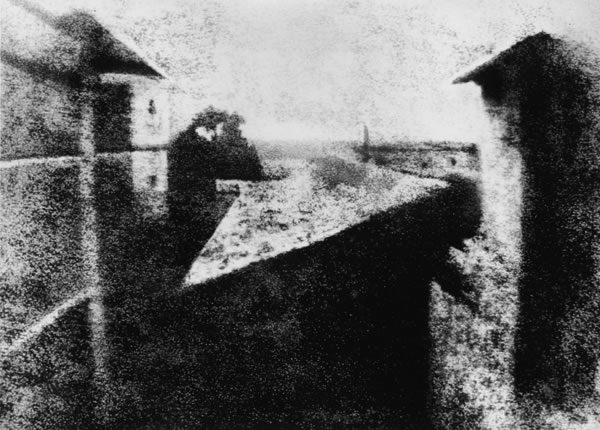
Similarities to other Art Mediums
Photography, like painting or drawing, relies on the principles of composition, light, and perspective. It involves creativity and technical skills, making it a versatile medium for artistic expression. Students can explore themes, create narratives, and develop their unique styles through photography, much like they would with other art forms.
Technology’s Impact
A digital revolution has made photography instant and accessible through digital cameras and smartphones. Everyone can capture, edit, and share images immediately for free or very affordably. Additionally, advanced digital editing software, including artificial intelligence (AI), allows photographers to manipulate pictures in previously impossible ways. This expands creative possibilities and blurs the lines between what is real and what is artistic interpretation.
FAQs for Teaching Photography to K-12 Students
Once you start incorporating photography into your curriculum or dive all in with a photo course, you will probably run into some minor challenges. Ranging from how to explain a concept to how to improve the final artwork, below are some shortcuts to common questions and issues that may pop up.
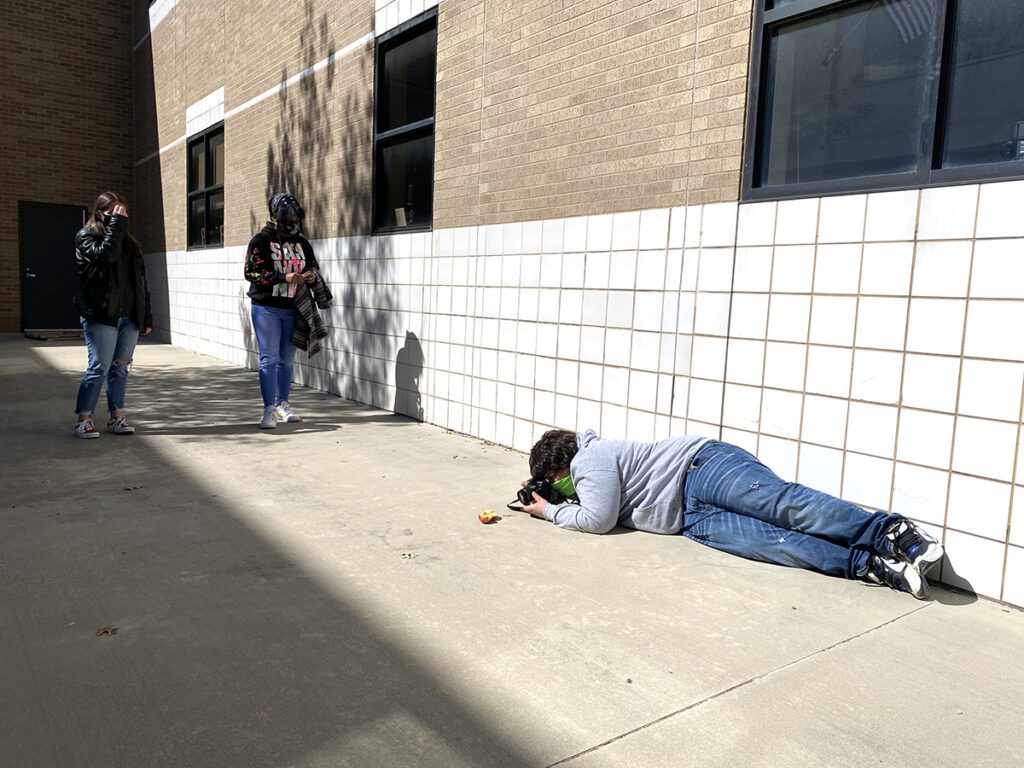
Here are five of our most frequently asked questions about teaching photography:
- How is composition different in photography compared to other art forms?
Photographers work within the constraints of real-time and available light to capture moments as they happen. Unlike painting or drawing, they can’t alter elements but must creatively use existing framing, angles, and light to compose shots. - How do I introduce technical concepts like exposure, aperture, and shutter speed to students?
Use simple analogies, like comparing the aperture to the pupil of an eye. Demonstrate concepts with hands-on activities, such as using a pinhole camera, to show how light affects exposure. - How do I get students to move past just pointing and shooting?
Teach them techniques like the rule of thirds, leading lines, and framing. Assign projects that require storytelling or capturing a theme to encourage more thoughtful composition. - What are some simple techniques to improve photos?
Show students how to hold the camera steady, use good lighting, and avoid distracting backgrounds. Encourage experimenting with different angles and perspectives to make photos more dynamic. - What are some engaging photography projects for K-12 students?
Assign a photo scavenger hunt, a still-life photography assignment, or capture a series of emotions through portraits. Seasonal themes or photo essays on a specific topic can also be engaging.
Famous Photographers
There are a ton of talented and influential photographers to bring to your students. However, with the rise of social media platforms and artists self-promoting their photography craft, it can be tricky to know where to start. Take a look at the famous photographers below who all made significant contributions to what makes photography a powerful art form today.
Introduce these three foundational photographers:
- Ansel Adams
Ansel Adams is renowned for his black-and-white landscape photography, particularly of the American West. His work showcases sharp focus, rich tonal range, and dramatic use of light and shadow. Adams’ images of Yosemite and other natural wonders highlight his mastery of the darkroom and his advocacy for environmental preservation. His work can inspire students to appreciate natural beauty and understand the technical skills needed for landscape photography. - Annie Leibovitz
Annie Leibovitz is a leading portrait photographer known for her compelling images of celebrities. Her portraits capture the essence of her subjects, blending meticulous staging with spontaneous moments. Leibovitz’s work teaches the power of portraiture and the importance of connecting with and understanding one’s subjects. She is an excellent study for students interested in capturing human emotion and personality. - Dorothea Lange
Dorothea Lange is celebrated for her poignant photographs documenting the Great Depression. Her iconic image, Migrant Mother, exemplifies her ability to convey human suffering and resilience. Lange’s work demonstrates how photography can drive social change and evoke empathy, highlighting the role of photojournalism in telling powerful, human stories.
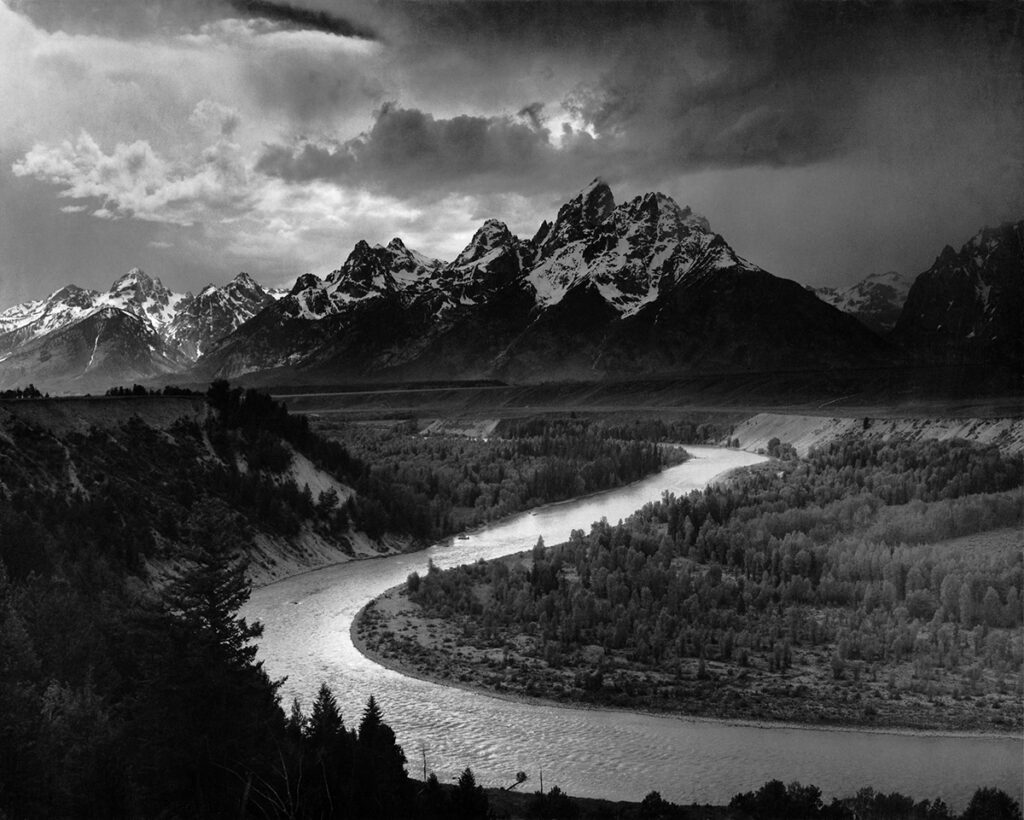
Integrating photography into your art room is possible regardless of budget, darkroom access, or grade level! From the rich history of early photography to the digital revolution of today’s smartphones, photography is the perfect medium to connect students to tradition and innovation. It provides students with another avenue to tell stories and express themselves. Introducing the process of photography also encourages students to see and capture the people and places around them with more intention. Explore photography to give students opportunities to gain insight into how light shapes our world.
Discover more ways to bring photography activities and strategies to your students! Watch the Pack, Creative Approaches to Beginning Photography in PRO Learning. For a deeper dive, enroll in Studio: Photography.
Share your favorite way to introduce photography and cameras to your students!
When it comes to teaching photography, what do you wish you knew more about?
To continue the conversation, join us in The Art of Ed Community!
Magazine articles and podcasts are opinions of professional education contributors and do not necessarily represent the position of the Art of Education University (AOEU) or its academic offerings. Contributors use terms in the way they are most often talked about in the scope of their educational experiences.



